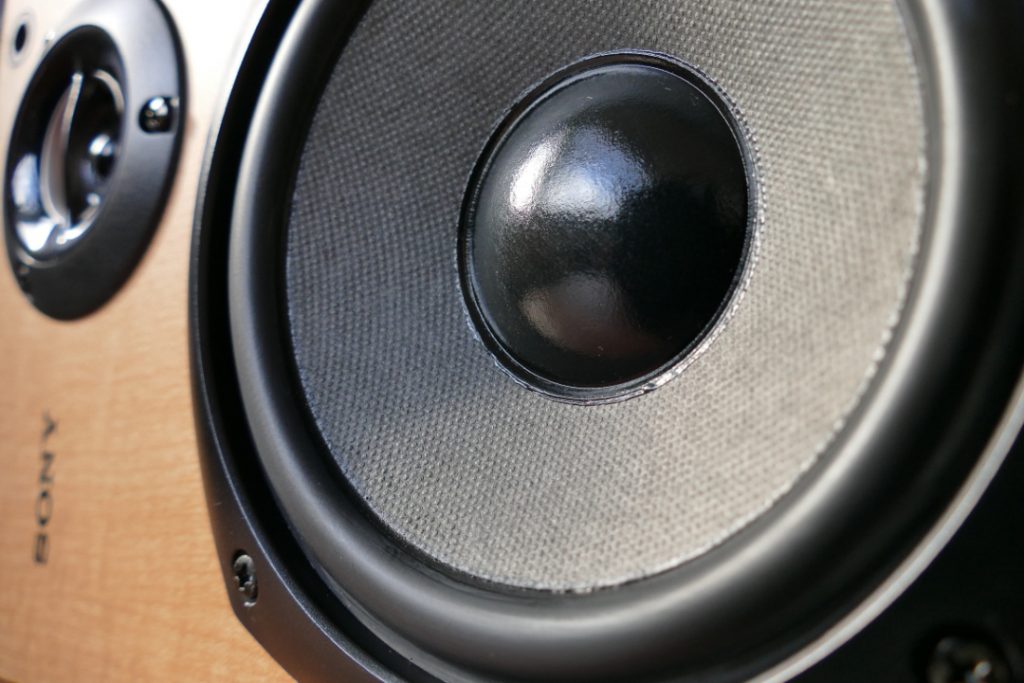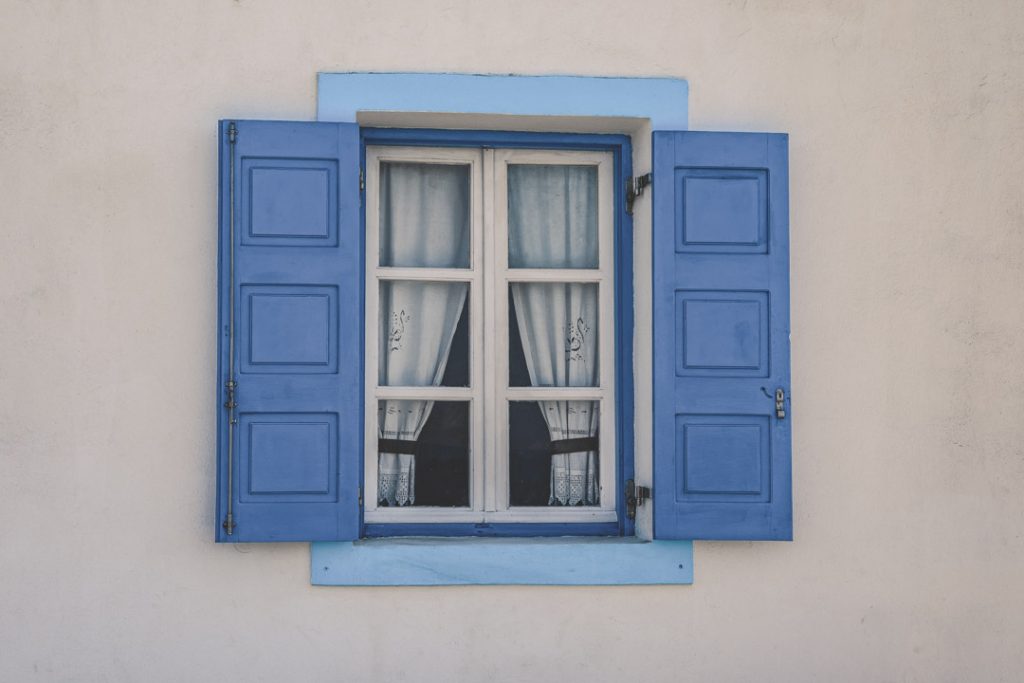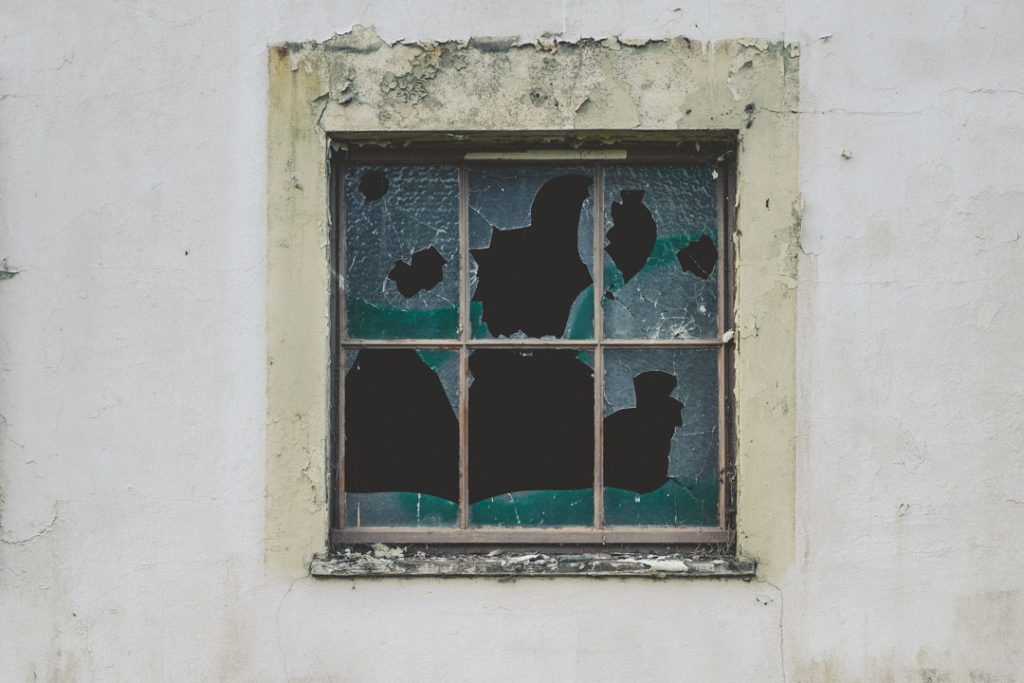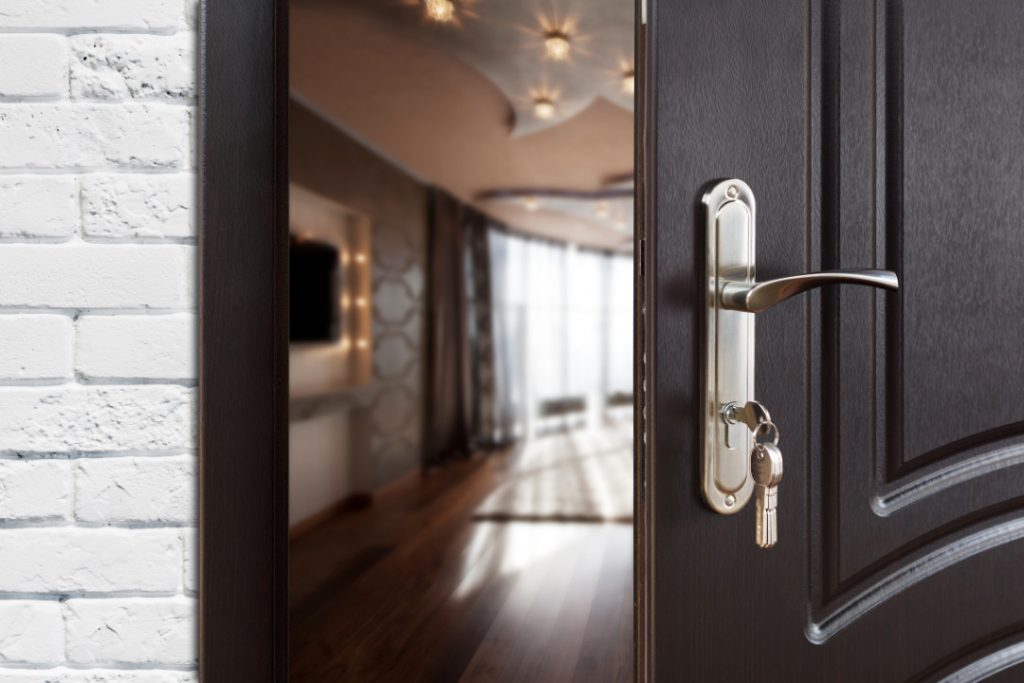If you’re like most homeowners, you probably don’t think too much about your walls. But did you know that the sound insulation qualities of your walls can have a big impact on the overall noise level in your home? In this blog post, we’ll explain how to determine the STC rating of a wall and discuss some ways to improve wall sound insulation if necessary. So read on to learn more!
What Is The Meaning Of STC?
STC stands for sound transmission class. It’s a single number rating system that tells you how well a material absorbs or transmits sound. STC is mostly used to rate sound reduction or transmission loss from one side of the material to the other. The higher the STC number, the better the material is at reducing noise.
STC ratings are important when you don’t want loud sounds in your home or office. STC ratings can also be used to compare the noise reduction capabilities of different materials. STC-rated materials are available at most hardware and home improvement stores.
ALSO RREAD: How To Poop Quietly: 5 Tricks To Make Life Easier
Meaning Of STC Rating
Sound transmission class rating is a way of quantifying how effective a material is at Sound Transmission Control. The STC rating of a wall is determined by taking into account the mass per unit area, type of construction, and type of finishes. The STC rating is important because it lets you know how effective the wall will be at preventing noise from transmitting.
The higher the STC rating, the more effective the wall will be at sound transmission control. STC ratings are important to take into account when designing a space because they can have a significant impact on the overall noise level.
STC ratings are an essential part of designing a space that is acoustically comfortable as well as how to get soundproofing materials.
Factors In Calculating STC Rating For Walls

To determine STC rating of walls, here are a couple of things you need to pay attention to
- The first factor is the mass per unit area of the wall. This is usually expressed in terms of pounds per square foot (psf). The heavier the wall, the higher the STC rating will be.
- The second factor is the type of construction. Walls that are solid or have multiple layers will have a higher STC rating than walls that are made of a single layer of material.
- The third factor is the type of finish on the wall. Wall finishes that are absorbent, such as acoustic tile or drywall, will have a higher STC rating because of transmission loss than finishes that are reflective, such as glass or metal.
- The fourth factor is the thickness of the wall. Thicker walls will have a higher STC rating than thinner walls.
- The fifth factor is the density of the material. The denser the material, the higher the STC rating will be.
- The sixth and final factor is the frequency of the noise. Some materials are more effective at reducing high-frequency noise than low-frequency noise. Others are more effective at reducing low-frequency noise than high-frequency noise.
ALSO READ: How To Soundproof A Floor (5 Ways)
How To Calculate STC?
First, determine the STC rating of each wall material. This information can be found in any construction handbook or online. Next, measure the thickness of the wall, in inches. Finally, multiply the STC of the wall material by the thickness of the wall. This will give you the STC of the wall itself.
For example, if you have a typical interior wall made of brick with a thickness of 12 inches, the STC of the wall would be: STC x Thickness = STC
Brick (STC 9) x 12 inches = 108
If you want to further increase the soundproofing properties of your wall, you can add insulation. For instance, if you added 6 inches of fiberglass insulation to our previous example, the new STC would be: Brick (STC 9) x 12 inches + Fiberglass (STC 3) x 6 inches = 126
Measure The Sound In The Room Where The Noise Source Is Located
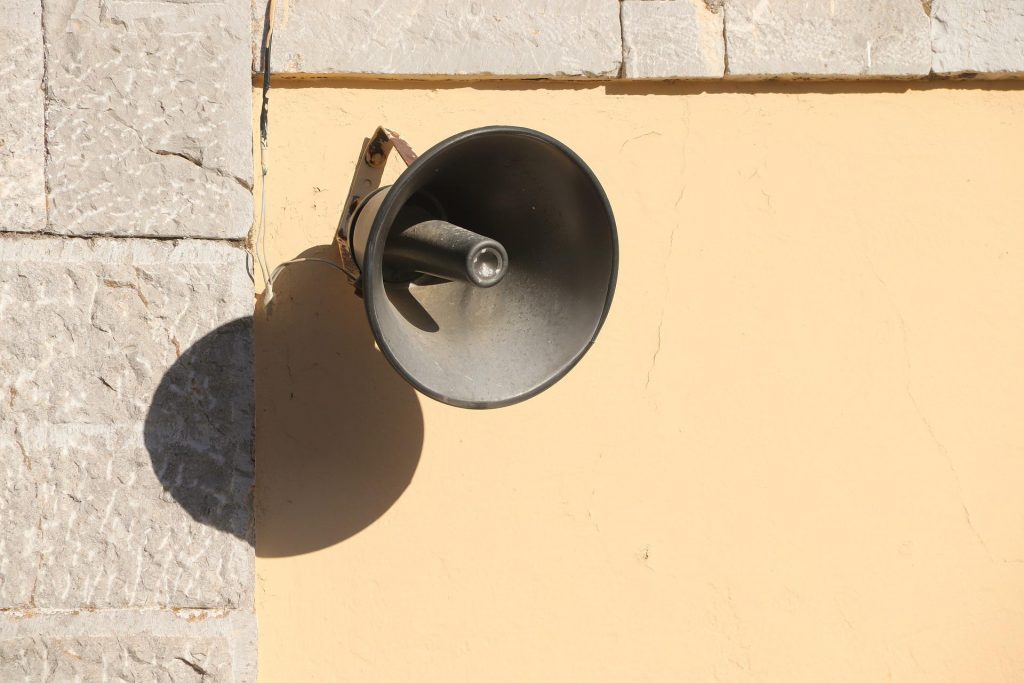
To determine the STC of a wall, you’ll need to measure the sound in the room where the noise source is located. This can be done with a sound level meter, which is available for rent or purchase at most hardware stores. Once you have your readings, you can consult an STC rating chart to find the wall’s STC rating.
ALSO READ: How To Stop Refrigerator From Buzzing
Measure Sound On The Other Side Of The Wall
To measure the sound here you will need a sound level meter and a noise source. Once you have those things, simply place the sound meter on one side of the wall and activate the noise source on the other side. The sound level meter will give you a reading of how much sound is being transmitted through the wall.
The higher the number, the better the wall is at blocking sound.
It is important to keep the frequency from the source of the sound the same as when you are measuring from the other side. This is how you know the transmission loss between the two sides.
Repeat With A Range Of Different Frequency For More Accurate Results
When it comes to wall STC rating results, accuracy is key. That’s why it’s important to repeat the process with a range of different frequencies. By doing this, you can be sure that you’re getting the most accurate results possible.
In addition, it’s also a good idea to check the results against other sources. This way, you can be sure that you’re getting an accurate picture of the wall’s performance. By taking these steps, you can be confident that you’re getting accurate wall STC rating results.
In conclusion, the STC rating of a wall is affected by many factors. By understanding what these factors are and how to calculate STC, you can be confident in your ability to modify the sound quality in your house or office. Have you tried calculating the STC of your walls? What was your result? Let us know in the comments!


